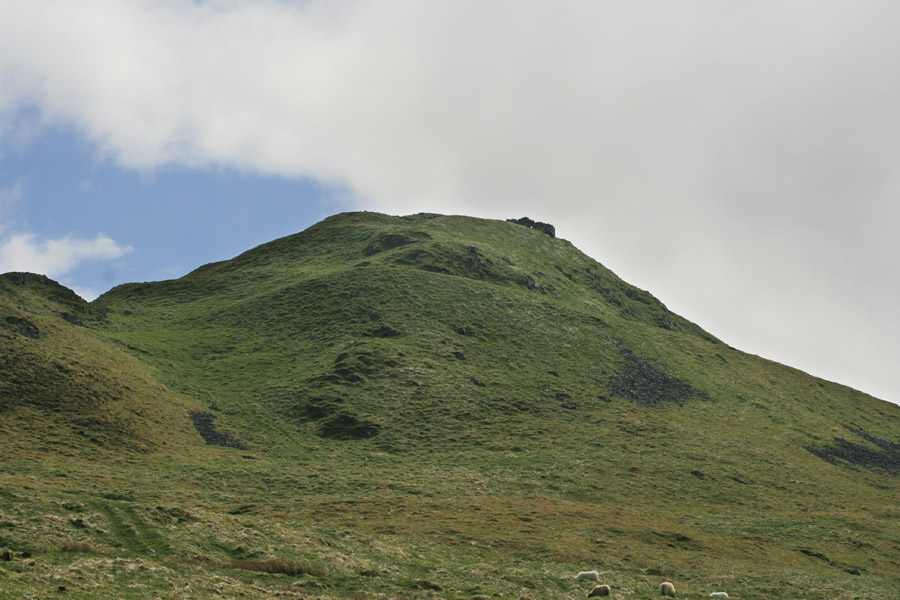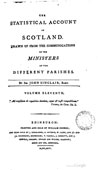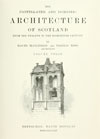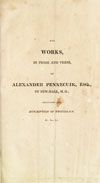

Tinnis Castle is a ruined 15th century castle situated within an Iron Age fort.
There is thought to have been a castle at Tinnis as early as the 13th century, however the current ruins mainly date from the 15th century. Legend has it that Tinnis was built in the 12th century by Udard Fraser, the second son of Gilbert Fraser of Neidpath.
Tinnis, along with Drumelzier Castle, passed into the Tweedie family during the first quarter of the 14th century when Roger de Twydyn or Twedyn (Tweedie) married the daughter and heiress of Laurence Fraser of Oliver.
Unsurprisingly for a castle within a fort Tinnis Castle occupies a strong defensive position. Sitting on the top of a steep hill, there are steep drops on all sides.

There is some debate as to whether there were round towers at all four corners, but accounts from 1889, 1902 and 1914 suggest that traces of round towers at the north-east and south-east corners were just visible.

At or within the south-east corner was a tower house, the walls of which were some 1.4m thick. Fragments of masonry suggest that at least one of the tower house’s storeys was vaulted. There may possibly be a vaulted chamber under Tinnis Castle, as an old legend refers to a large cave in the vicinity of the castle, although none is apparent on the surrounding hillside.
An old road leads up the north-west side of the hill from the valley floor, crossing the summit to the north-east, and either led to an entrance at the north-east corner, or more probably followed the east wall of the castle to an entrance at the south-west corner.

The signal would then pass along to Traquair, Grieston, Ormiston, Cardrona, Nether Horsburgh, Horsbrugh, Haystoun, Peebles and on to Neidpath. From Neidpath it would continue to Caverhill, Barns, Lyne, Easter Happrew, Easter Dawyck, Hillhouse, West Dawyck, Dreva and on to Tinnis.
Tinnis Castle was blown up with gunpowder by Malcolm, 3rd Lord Fleming, in the 16th century, as part of a long running feud between the Flemings and Tweedies. Malcolm’s father, John, 2nd Lord Fleming, had been murdered in 1524 by a group of Tweedies, including John Tweedie of Drumelzier, Thomas Tweedie of Oliver Castle, James Tweedie of Kilbucho and James Tweedie of Wrae.
The force of the explosion sent huge chunks of masonry crashing down the hillside, and while the tower house was destroyed, a substantial section of the west curtain wall remained standing, flanked at either end by the towers at the north-west and south-west corners.
Following the destruction of Tinnis the Tweedies moved to another of their properties, Drumelzier Castle, on the haugh of the Tweed nearby.
In the late 18th century the ruins still consisted of the section of the west curtain wall with its round towers at either end, with the north-west tower still standing to a height of around 2.4m. By 1889 the north-west tower was 1.5m in height, with three shot holes visible in it.
There is a legend that Tinnis Castle was connected to Drumelzier Castle by a tunnel, although given the distance and height difference involved this seem rather unlikely.
Tinnis Castle should not be confused with the castle of Tinnis in Selkirkshire, which was destroyed by James VI in 1592.
Alternative names for Tinnis Castle
Tennis Castle; Thanes Castle; Tinice Castle; Tinnie's Castle; Tinnies Castle
















